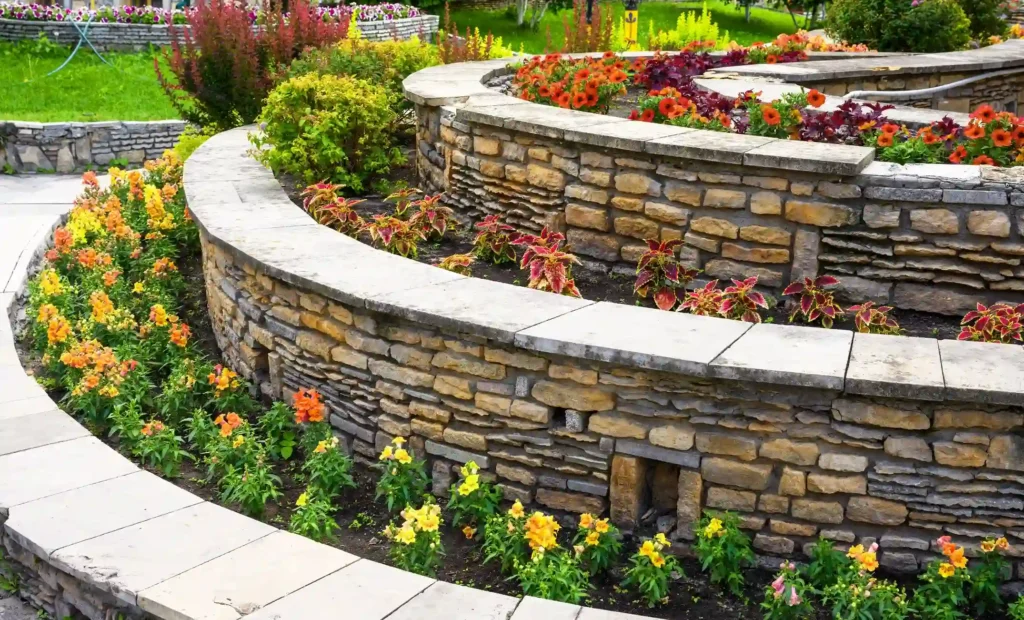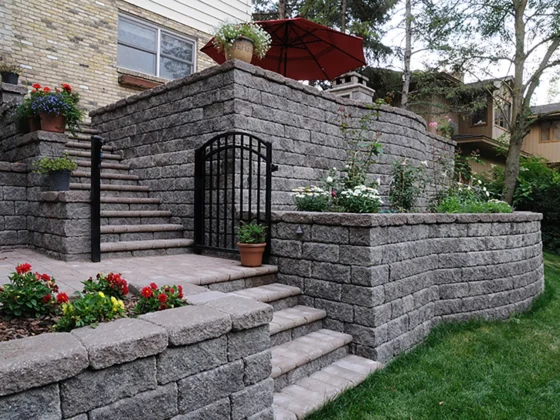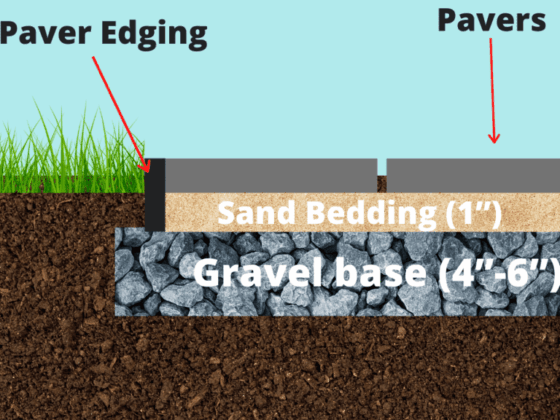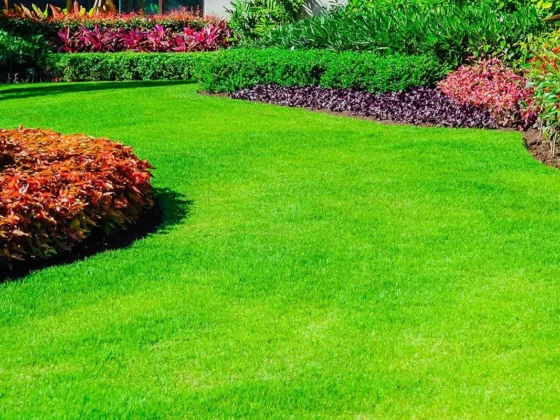Retaining walls are more than just a landscaping feature. They protect your property by holding back soil, preventing erosion, and helping manage water runoff. When designed and built correctly, they also add structure and beauty to your outdoor space. But a retaining wall is only effective if it’s done the right way.
Here are the best practices we follow when building retaining walls, and why they are so important.
1. Start with a Solid Foundation
A strong wall needs a strong base. The first and most important step in building a retaining wall is digging deep enough to create a solid foundation. We use compacted crushed stone or gravel as the base because it provides strength and stability.
This foundation helps the wall stay level and resist movement from soil pressure or seasonal changes. Without it, walls can shift, lean, or even collapse over time.
2. Ensure Proper Drainage
One of the biggest reasons retaining walls fail is poor drainage. When water builds up behind a wall, it adds pressure that can cause the wall to crack, bulge, or tip over.
We always include a drainage system, such as a gravel backfill combined with a perforated drain pipe. This allows water to escape easily and keeps the wall from taking on unnecessary stress.
3. Choose the Right Materials
Not all walls need the same materials. The size of the wall, the slope of the land, and the purpose of the wall all determine the best choice. For smaller decorative walls, natural stone or wood might work well. For larger, load-bearing walls, concrete blocks or reinforced systems are usually more reliable.
Choosing the right material ensures the wall not only looks good but holds up over time.
4. Reinforce When Needed
For walls that are taller or supporting a lot of soil, reinforcement is a must. We often use a material called geogrid, which is laid between layers of soil behind the wall. This creates a stronger connection between the wall and the ground it’s supporting.
Reinforcement helps the wall hold back pressure evenly and reduces the chance of it moving or failing.
5. Stay Within Safe Height Limits
Walls that are taller than four feet often require extra engineering and may need local permits. Building a tall wall without proper planning can be dangerous and lead to future problems.
If a taller wall is needed, we recommend a consultation with a professional to ensure the design is safe and follows local building codes.
6. Angle the Wall Slightly Back
Retaining walls should have a slight lean toward the soil they are holding. This backward angle, known as batter, adds strength and helps resist pressure from the soil.
This small adjustment makes a big difference, especially for walls that are holding back large areas of earth.
7. Combine Strength with Style
A retaining wall should be both functional and attractive. A well-designed wall can add structure to your yard, create levels for planting, and enhance the overall look of your landscape.
Whether you prefer a natural stone look, a clean modern design, or something decorative and detailed, there are plenty of ways to blend strength and style into your wall.
Final Thoughts
Retaining walls are a smart solution for many properties, but only when they are built with care and attention to detail. Proper planning, drainage, materials, and reinforcement all play a key role in creating a wall that looks great and lasts for years.
If you’re considering a retaining wall, our team is ready to help from design through to final installation. We’ll make sure it’s done right—beautiful, functional, and built to stand the test of time.
Let me know if you want this tailored with your company’s name or location, or repurposed for social media, a flyer, or your website.






